Directives and standards
To remove the barriers to free circulation of goods and to protect consumers and other users of all kinds of products, the European Union has developed, and still develops, tremendous effective instruments. One of these instruments are the directives as part of the New Approach. These directives contain fundamental requirements regarding health, safety, environment and consumer protection. The New Approach directives are defined as directives that provide for the CE marking. Products manufactured in the EU and all products imported from third countries must meet applicable directives. To meet/ comply with the technical specifications as described in the directives, a manufacturer can use (harmonises) standards. Application of standards remains voluntary. By applying standards a manufacturer benefits from a maximum presumption of conformity with the corresponding essential requirements. Notified Bodies (may) carry out the conformity assessment of products. In Europe, TüV is a well known notified body. In North-America, UL is most known when it comes to product safety testing. Certification, validation, testing, inspection etc. in North-America is being carried out with own national (or international) standards.
When it comes to standards for instructions for use, the following are most applied:
- IEC: 82079-1 Preparation of instructions for use (international standard)
- ISO/ IEC Guide 37:2012 Instructions for use of products by consumers (international standard)
- ANSI Z535.6 Product Safety Information in Product Manuals, Instructions, and Other Collateral Materials (American national standard)
The IEC 82079-1 has also been harmonized in Europe. Mainly the last one, the ANSI Z535.6, differs from our European requirements. Safety institutes like UL might use this standard quite often to judge the compliance of the safety messages on the product and in the manual. By using the IEC 82079-1 and the ANSI Z535.6 your manual will comply with the American requirements.
ANZI Z535.6
Why a standard for safety messages?
The ANSI Z535.6 provides guidance to any entity involved in creating collateral materials. The standard defines collateral materials as printed information that accompanies a product (e.g. product manuals, instructions and other materials containing safety messages). Because safety information in collateral materials and safety messages on product safety sign may differ, this standard has set forth a communication system developed specifically for product safety information in collateral materials.
How does a safety message look like?
Safety messages can contain a signal word (DANGER, WARNING, CAUTION or NOTICE) in combination with a safety alert symbol (v). The signal word and safety alert symbol are placed in a so called signal word panel. The safety messages and properly damage messages may be presented in black and white, grayscale or according to the colors as specified in ANSI Z535.1 (v). Also the type style and size of the signal words are defined in the standard.


Examples of a signal word panel
The safety message is formed by the signal word panel (or in some cases just the safety alert symbol), together with the conveyed safety message.
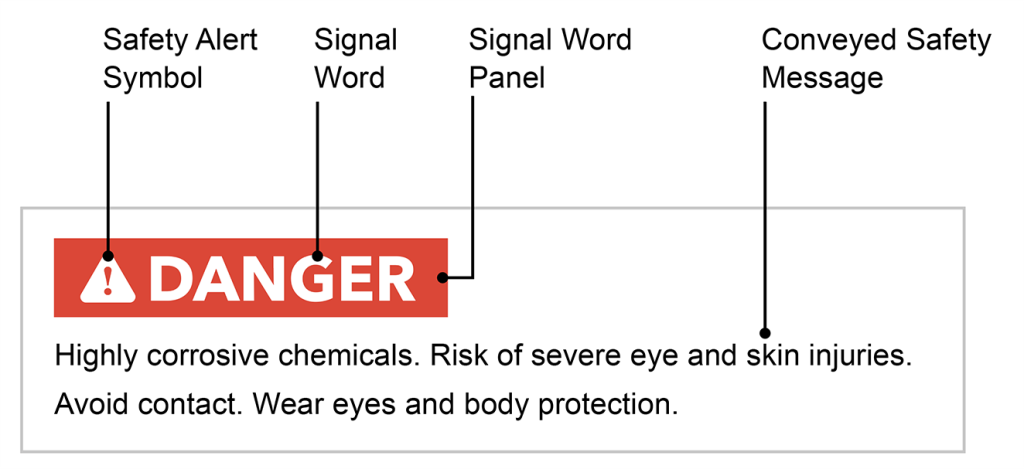
What do I put in the conveyed safety message?
The ANSI Z535.6 addresses four types of safety messages that may be presented in collateral materials:
- Supplemental directives
- Grouped safety messages
- Section Safety messages
- Embedded safety messages
Grouped, section and embedded conveyed safety messages should identify the hazards, indicate how to avoid them and advise of the probable consequences of not avoiding the hazards. Supplemental directives may often be generic and for example contain information regarding:
- the general safety implications of a document (e.g. “read all instructions before use to avoid injury”)
- the general safety implications of grouped safety messages (e.g. “to avoid serious injury or death, follow the safety information in this chapter’/ section”)
- generic messages regarding the handling of safety information (e.g. “Keep this manual for future reference”).
Ok, and where in the manual do I present my safety messages?
Supplemental directives should be near the beginning of a document and can be accompanied with a safety alert symbol without the use of a signal word panel. Grouped safety messages should be provided in a separate document or in a distinct section. Section safety messages should be provided at the beginning of the section or before the messages to which they apply. Embedded safety messages should be integrated with the non-safety messages.
Now how do I embed this information in my manual creation process efficiently?
- Determine the hazards of the product
- Determine the conveyed message which describes the type of hazard, the potential consequences of the hazard or the evasive or avoidance actions to be taken
- Determine if you want to use a safety alert symbol only or a signal word panel
- Determine the signal word (DANGER, WARNING, CAUTION or NOTICE)
- Determine the location of the safety message (should it presented as a supplemental directive or as a grouped, sectional and/ or embedded safety messages)
This is just a summary of the ANSI Z535.6. There are some more restrictions but also some more ways to present safety messages, which gives a bit more freedom. To learn more, order the full standard at www.ansi.org.
| Safety Alert Symbols | Explanation |
|---|---|
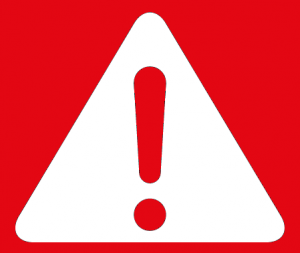 | For use with DANGER signal word |
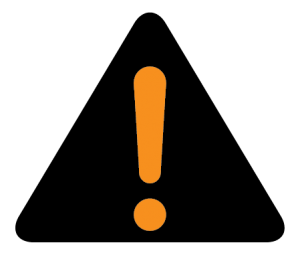 | For use with WARNING signal word |
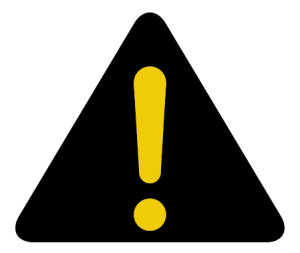 | For use with CAUTION signal word |
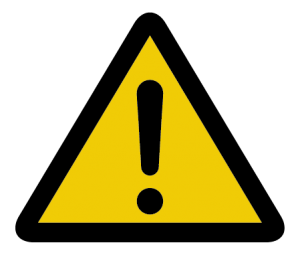 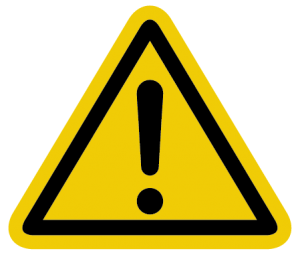 | For use with or without the signal word DANGER, WARNING or CAUTION. These symbols are intended to allow consistency with certain ISO standards (such as ISO 3864-1 and 3864-2). |
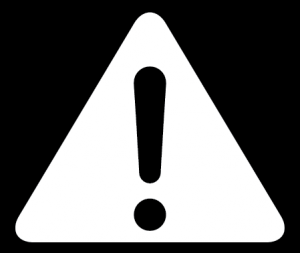 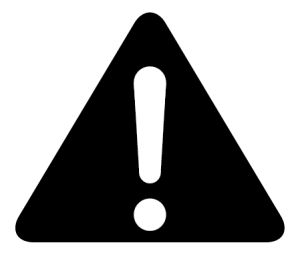 | For use with or without the signal word DANGER, WARNING or CAUTION. |
| Approved colors of signal word panels | Explanation |
|---|---|
| Indicates a hazardous situation that, if not avoided, will result in death or serious injury | |
| Indicates a hazardous situation that, if not avoided, could result in death or serious injury | |
| Indicates a hazardous situation that, if not avoided, could result in death or serious injury | |
| Indicates information considered important, but not hazard related (e.g. messages relating to property damage) |